As businesses across the United States begin to envision people returning to office spaces, there is still no clear guidance on how to make the physical facilities ready. But that doesn’t mean you should do nothing. A good facilities manager should be prepared to act as soon as guidelines are released.
From the most senior management to the newest employee, people will be asking questions about the environmental conditions they will be returning to. Rather than just giving a shoulder shrug, here are some basic things you can do NOW to start preparing.

Ensure your VENTILATION SYSTEM really works
It is highly likely that you will be asked to increase the outside air provided to the space. While we do not know the target percentage, what you can do now is make sure everything in the system is working accurately so you can respond. Test your outside air and return air dampers to make sure they are working properly, that 50% open is really 50% open, and the 100% closed makes a tight seal on both return and outside air.
Clean your heating and cooling coils and test the valves across the full range. Measure full flow to know the maximum capacity the coils can handle. Calibrate all the sensors and flow stations. Triple check the freeze stat to ensure it works. Add another one if the coverage is not complete.
Finally, test all the sequences. Verify that what you think is changing the outside air minimum setpoint really does change it, that the night setback works, and look for a flush-out mode. Don’t have night flush-out? Find out what it will cost to add it in case you are asked to later.

Know how many PEOPLE can be in the building
Management will be reassessing office space needs and specific workspace requirements. Knowing the previous total population on a typical day provides a baseline. Facility managers should be able to project into the future using what they know about staff changes or tenant changes in the building.
Decision makers will have many questions they’ll want answers to. They’ll want to know things like how many open-plan workspaces there are compared to closed office spaces, what the average ventilation rate per person is, when is the rush of people entering or leaving, what is the elevator capacity, and what happens to wait times if trips are limited to three people per car.

Record the baseline operation of building FANS
Discussions are already starting about adding higher levels of filtration to HVAC systems without anyone really understanding what that means. Record fan amperage and VFD speeds (if appropriate) to develop a baseline and understand the system capacity to add resistance from higher grade filters. MERV 16? MERV 20? Be prepared to quantify your systems’ abilities.
At the same time, measure your filter space and understand if you can fit another set of 4”, 6”, or 16” filters and still access them to replace them. While you are at it, get price estimates on a few filters – most people cannot comprehend the cost of changing HEPA grade filters a few times per year.

Review and organize your as-built DOCUMENTATION
Everyone is talking about the 6-foot rule and how to implement it in the workplace. You hold the key to the conversation – scale drawings with the furniture layout and HVAC as-builts.
Use the scale drawings to begin to envision what one-way routing would look like or how to divide corridors into two-way traffic if you can maintain enough separation. Consider where congestion points are and how, if asked, you would mitigate them.
From the HVAC drawings, calculate the air changes per hour (ACH) for your spaces, starting with the conference rooms, large work areas, common spaces, and finally private offices. Calculate the total ACH and the outside air ACH.
While we cannot be expected to have all the answers on how to prepare the workplace for people to return, we can begin to gather the critical information that will be required in the decision process. Eventually a standard will be provided and you need to be prepared to react quickly to ensure a safe workplace that people are comfortable and confident returning to.
Need more help? Reach out to an experienced Commissioning & Energy Services provider like Colliers Project Leaders.





